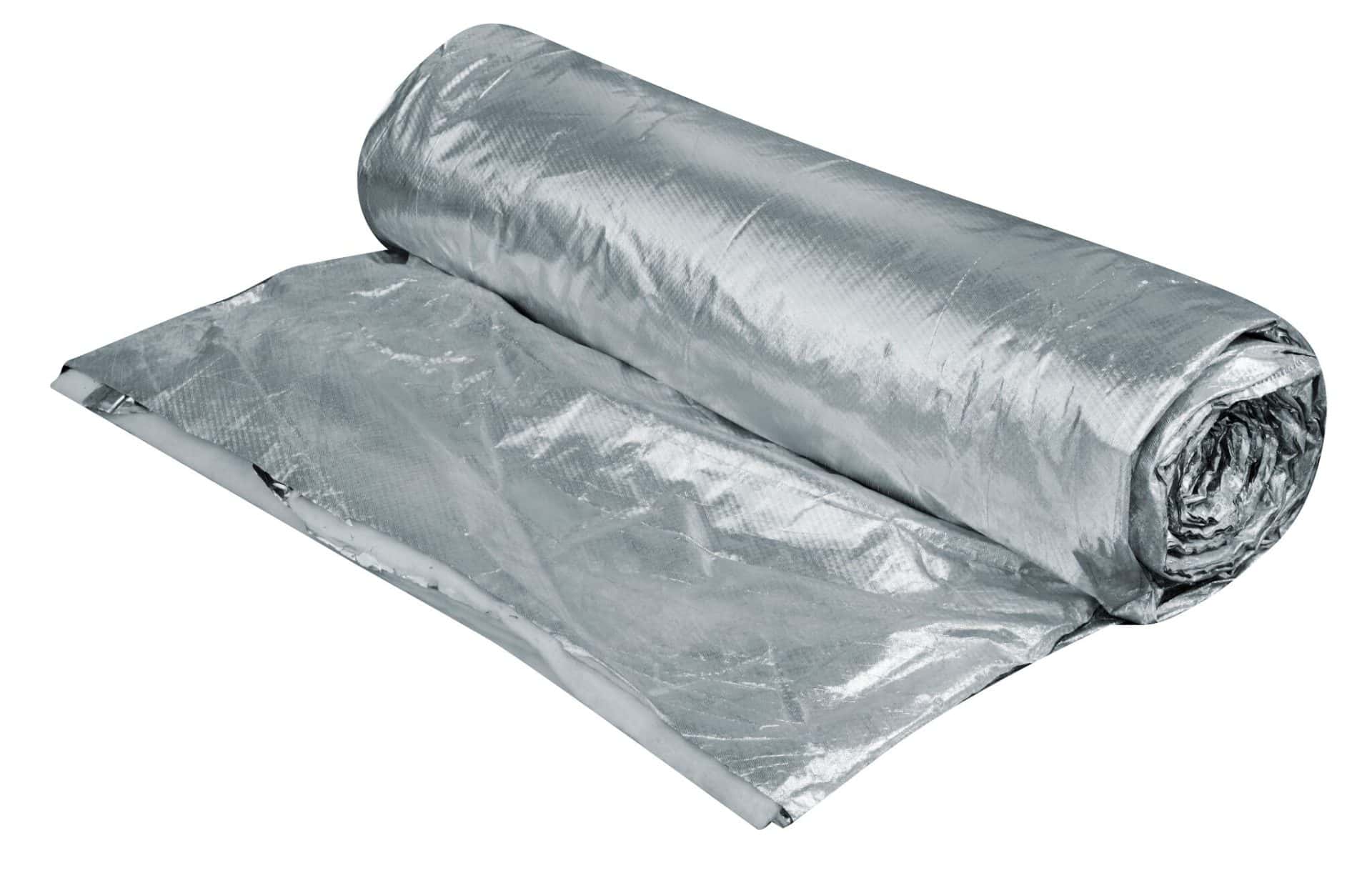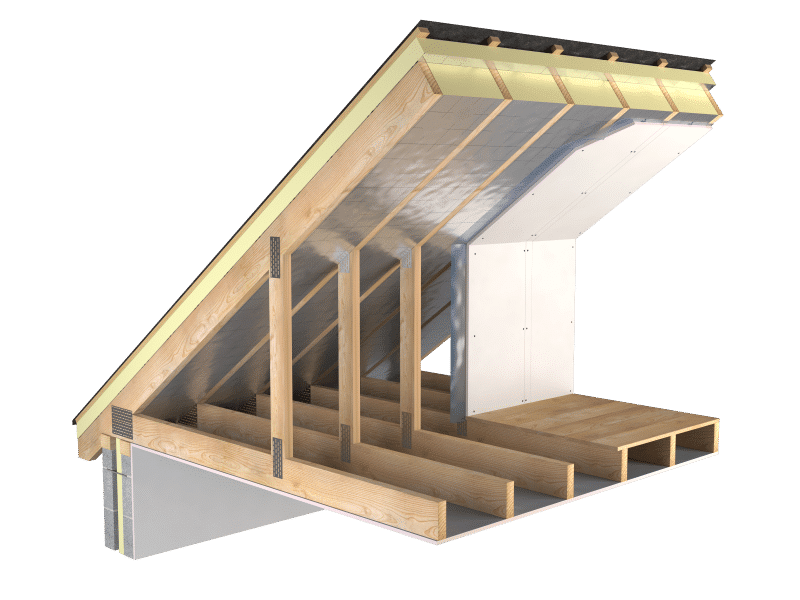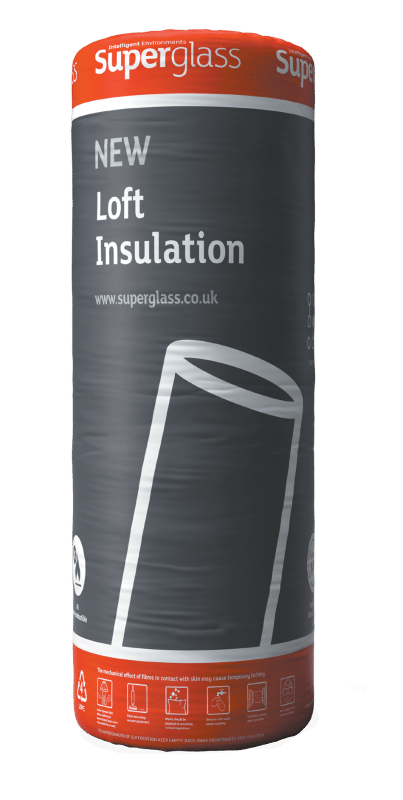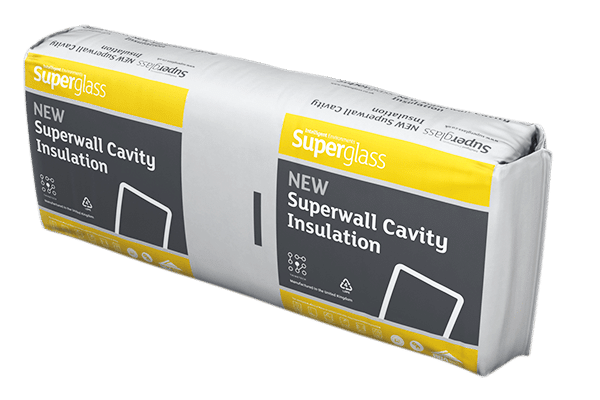
Insulation Guide: Maximise Thermal Performance and Acoustic Benefits
Nov 06, 2025
Effective insulation is one of the most important features of any building, whether it’s used for residential, commercial, or industrial purposes. The right insulation keeps spaces warm in winter and cool in summer while also improving energy efficiency, reducing noise, and creating a more comfortable environment.
In this guide, we share how to maximise thermal performance and acoustic benefits through using insulation and look at three popular insulation materials to help you choose the best option for your project.
What is insulation?
Before looking at the different types of insulation, it’s useful to understand what insulation does and why it’s important.
Thermal performance
Thermal insulation reduces the rate of heat transfer between the inside and outside of a building. A well-insulated property requires less energy for heating in winter and cooling in summer, leading to lower bills and reduced carbon emissions.
Acoustic benefits
Insulation also helps to eliminate noise pollution through reducing the transmission of sound, creating quieter environments. This is particularly useful in blocks of flats, offices, and homes near busy roads.
Other insulation benefits
Good insulation contributes to:
- Improved comfort all year round
- Better moisture control and reduced risk of condensation
- Compliance with building regulations and energy performance standards
Types of insulation
There are numerous types of insulation to choose from, and each comes with its own unique features and benefits:
PIR board
PIR (Polyisocyanurate) board is a rigid foam insulation material typically used in walls, roofs, and floors. PIR boards are created by combining polyols and isocyanates, creating a structure that traps gas within the foam. This minimises heat transfer and gives PIR excellent insulating properties.
PIR board offers one of the highest thermal performance levels per millimetre of thickness among common insulation types. This makes it ideal for projects where space is limited but high insulation performance is required.
While PIR board is often chosen for its thermal performance, it also provides a good level of sound reduction. To achieve stronger acoustic insulation, PIR is often combined with other materials such as plasterboard or acoustic membranes. It’s especially effective in flat and pitched roofs, internal and external wall systems, and floors where space saving insulation is needed.
PIR board is:
- Lightweight and easy to cut which makes it a great choice for simple installation
- Moisture-resistant, helping to prevent damp and mould
- Long-lasting and able to maintain performance over decades
- Suitable for a variety of applications, including underfloor, internal wall, and roof insulation
Multifoil insulation
Multifoil insulation is a modern, reflective insulation material made from multiple layers of thin foil, foam, and wadding. It works differently from traditional insulation by reflecting heat rather than trapping air. Each layer helps to reduce heat transfer through conduction, convection, and radiation, offering excellent thermal efficiency.
Multifoil insulation’s reflective properties make it very effective in reducing radiant heat loss. When installed with an air gap, multifoil can boost overall energy performance. It’s commonly used in lofts, roofs, and walls, where it acts as both a thermal barrier and a radiant heat reflector.
Multifoil provides moderate sound insulation. The multiple layers of foil and padding can help absorb some sound, though it’s less effective for impact noise compared to denser materials, like rockwool.
Multifoil is:
- Lightweight and flexible, making it easy to handle and install
- Excellent for vapour control, reducing the risk of condensation
- Thin, so it’s ideal for projects in small spaces
- Often environmentally friendly as some products are made using recycled materials
Rockwool insulation
Rockwool is made from natural volcanic rock, such as basalt. The rock is melted at high temperatures and spun into fine fibres which are then compressed into slabs, rolls, or batts. This insulation type is known for its thermal, acoustic, and fire-resistant properties, making it a versatile option.
Rockwool provides excellent thermal insulation. While it’s not as thermally efficient per millimetre as PIR, its density and structure help maintain consistent performance. It also performs well across a wide range of temperatures and is resistant to moisture, making it a durable, long-lasting option.
The dense, fibrous structure of rockwool is highly effective at absorbing sound, so it’s an excellent choice for noise reduction. Rockwool significantly reduces the sound of voices, traffic, music, footsteps, and vibrations. For walls, floors, and ceilings in multi-occupancy buildings, Rockwool provides unrivalled acoustic insulation.
Rockwool is:
- Non-combustible and fire-resistant with a high melting point
- Water-repellent but vapour-permeable, reducing condensation
- Made from natural and recyclable materials, which contribute to sustainability goals
A combination of insulation types can often deliver the best results. For example, using PIR boards for thermal performance and rockwool for sound insulation can be an excellent solution.
Maximising the thermal and acoustic performance of a building starts with selecting the right insulation materials. Popular options include PIR board, which offers unrivalled thermal efficiency where space is limited, multifoil insulation, which provides reflective heat control and vapour resistance in compact layers, and rockwool, which delivers excellent sound absorption and fire safety.
By understanding how each insulation type works and using it correctly, you can achieve energy efficiency and acoustic quality, creating buildings that perform well all year round.
At strukta, we offer a wide range of specialist building products, lintels and site supplies, including various insulation options, and can deliver directly to your site the next day. Take a look at our catalogue or contact us to find out more.


